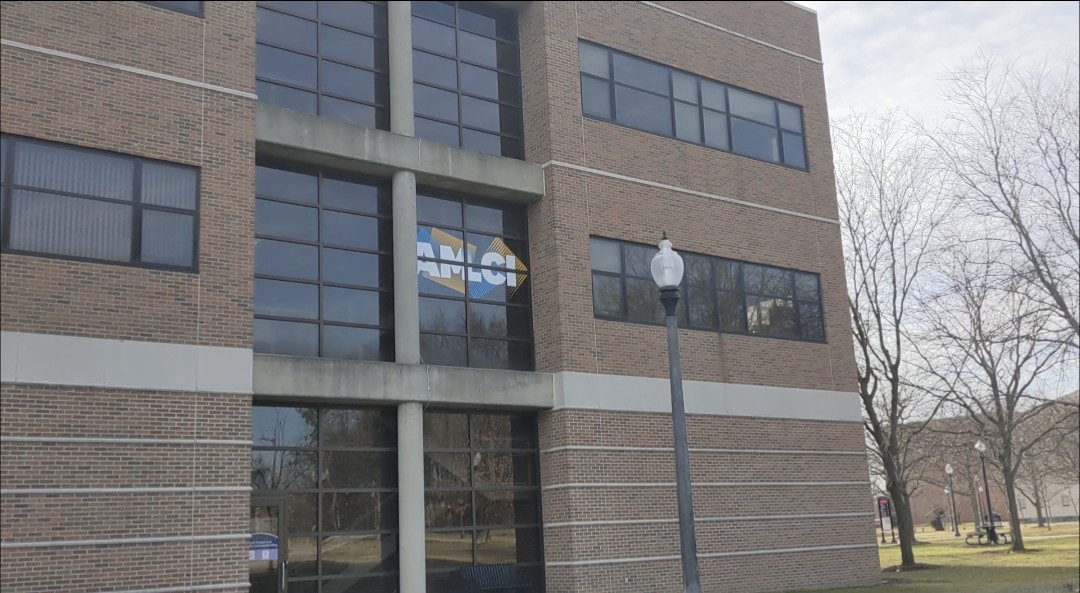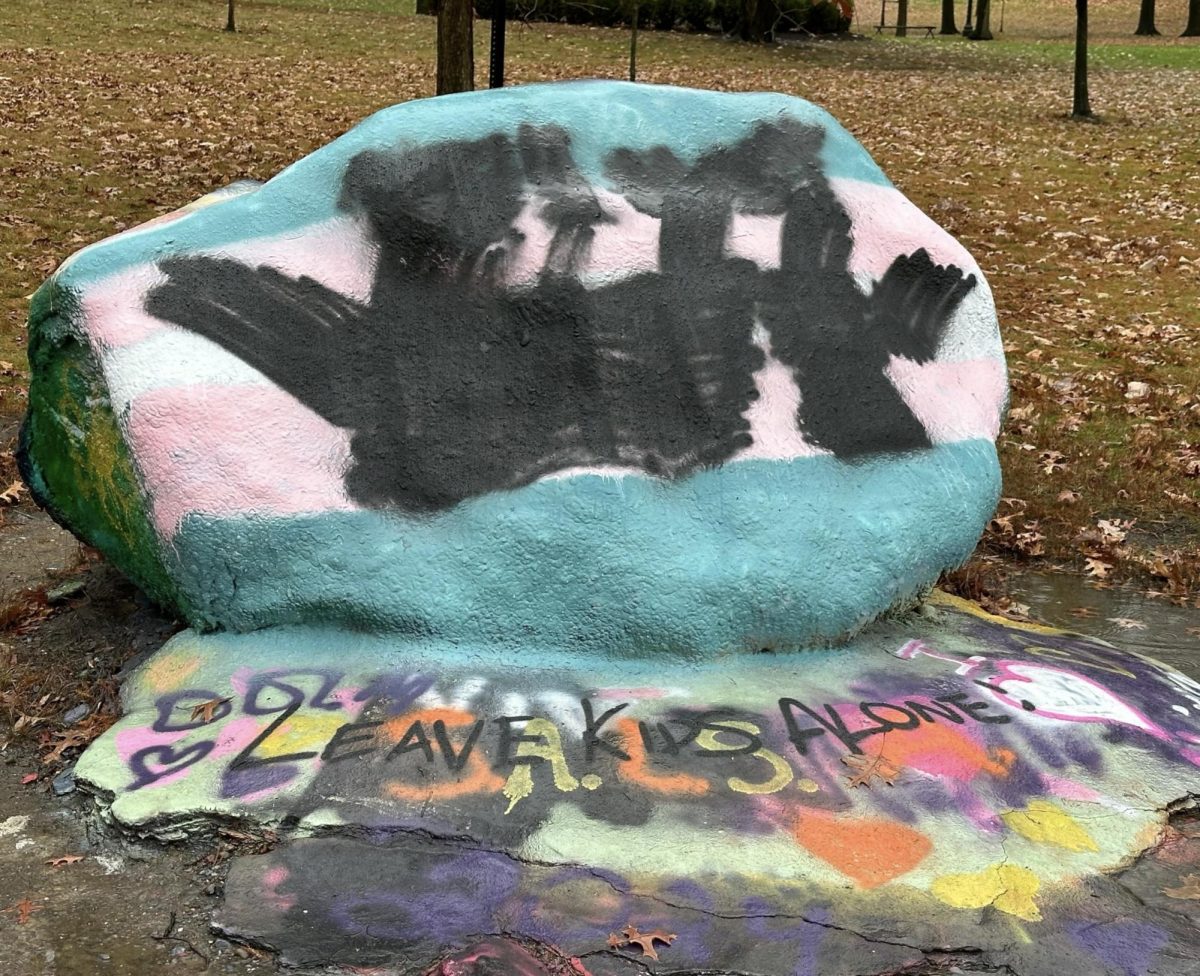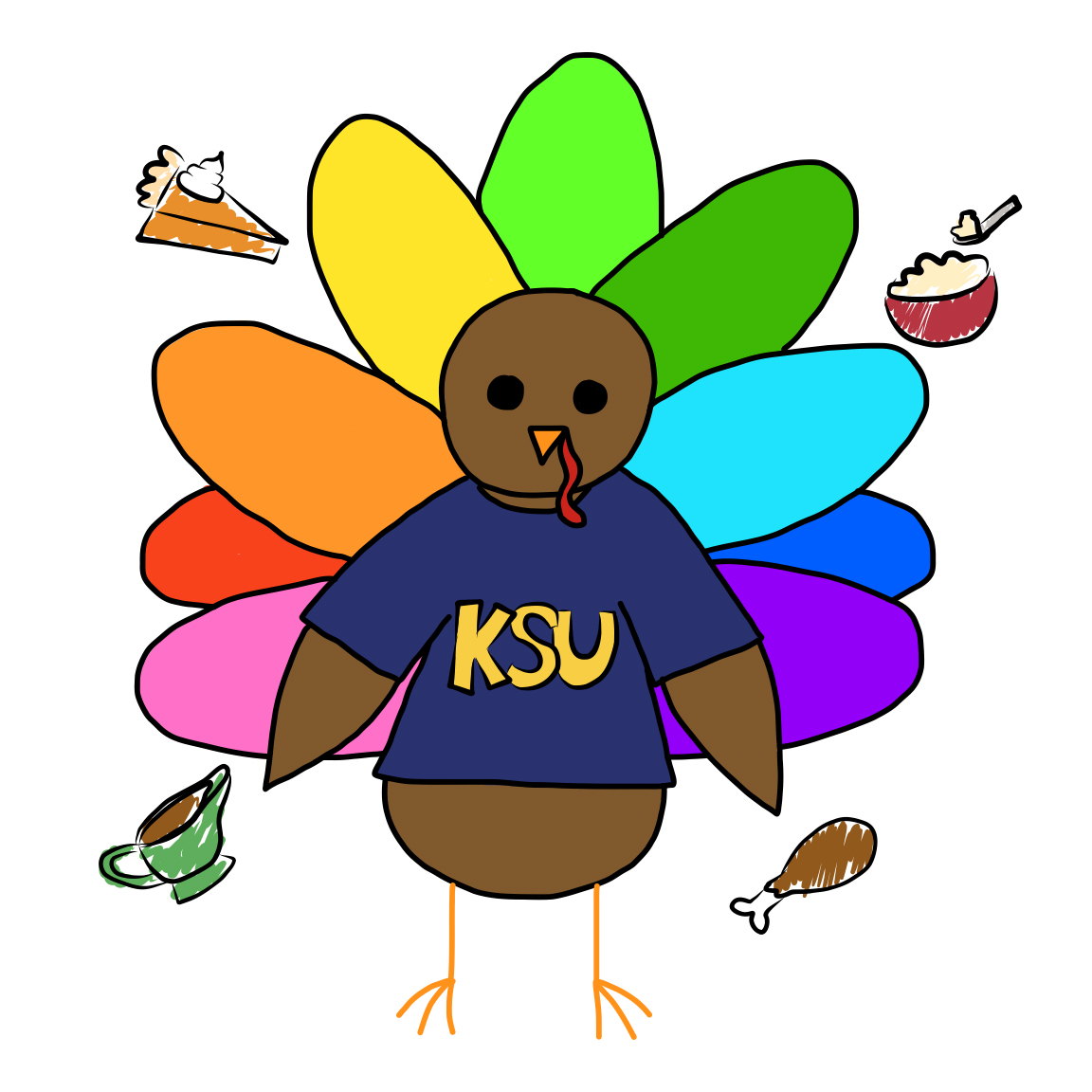For centuries, people have domesticated large animals for their own benefit, but new research at the university’s Liquid Crystals Materials Science Building suggests humans can domesticate more small-scaled organisms.
Kent State is one of the only universities in the country to have liquid crystal facilities, and materials science research professor, Oleg Lavrentovich, uses his technology to domesticate bacteria.
“If you could find the means to tell these bacteria to move from this point to that point, that would be some useful work,” he said. “It is very inspiring. You can literally force all the bacteria to move from this point to this point.”
Lavrentovich got his start in specialized secondary schools in his home country of Ukraine.
“I was exposed to a good set of lessons in physics and math that defined my future developments,” he said. “Then I went to Kyiv State University, which is one of the best universities in the former Soviet Union, and I started to work at the Institute of Physics.”
The professor left the country when the Soviet Union dissolved, and he moved to France to work on his postdoctoral experience.
Lavrentovich then came to Kent to work with liquid crystals in April 1992.
The first exposure to liquid crystals for Lavrentovich came when he was working in the Institute of Physics in Kyiv.
“My advisor was starting to explore liquid crystals which, at the beginning of 1980s, captured the interest of many researchers because the idea was that one day they will replace bulky displays and TV sets,” he said. “With the help of liquid crystals, people thought they would produce flat panel displays and TV sets — that actually happened, but at that time, no one knew whether it could happen or not.”
Liquid Crystals flow like water but typically have more order in their molecules than a liquid does. They are most frequently used in electronics as a display application.
Lavrentovich wanted to apply a twist on what he already knew.
“It became clear in the late 90s and beginning of the century that the liquid crystal sets display materials have been already established themselves,” Lavrentovich said. “People started to think about what else can we offer to mankind — it’s already commercialized. It became obvious that I can use these materials to control microscale dynamics.”
The research that needed to be done required graduate students, one of which was Shuang Zhou, who earned his Ph.D. from the university in 2016. He is now an assistant professor in the department of physics at the University of Massachusetts Amherst.
“I was the one who did the experiments, and I carried the equipment around to Argonne National Lab, when we visited our collaborators,” Zhou said. “There, we started the first set of experiments where we started to put the crystal and bacteria together. Every day I went to the lab to experiment, and we found out several interesting phenomena, such as… the bacteria can kind of swim, and you can basically control where the bacteria goes.”
Zhou joined Lavrentovich’s research after doing his undergraduate studying in China. He left a job in the country to do crystal-related research, and Kent State was the top choice.
“I gave up an already-existing job in China and came to the U.S. to pursue advanced education because I think it’s more meaningful to do research and to find new things instead of doing things in the company that are replaceable,” Zhou said. “I know there are lots of things that are unknown to me, therefore, for any research direction, as long as it’s interesting, and cool, I will be willing to do it.”
Lavrentovich, with Zhou, has been completing research surrounding domesticating bacteria for nine years, and he has found that liquid crystals can dictate how bacteria can move in the human body, which is a new breakthrough in medicine.
“I can recall the moment when we saw this experiment – it was an exciting new result, and we were like, ‘Oh, this is so cool. We will be the first one,’” Zhou said. “Then we saw papers coming out that other groups have done somewhat similar things. So in the beginning, it was very frustrating. Other people finished everything I published in front of [me].”
The group realized, after reading the results, that procedures and findings had differences between them and that their research was still meaningful.
The research that has been conducted indicates there is a process of influencing the way bacteria behaves, which was not something that had been done before Lavrentovich’s experiments.
The work is meant to streamline the communication of energy that the bacteria have, so that more useful work can be done, as it is nearly impossible to communicate with bacteria without liquid crystals.
The future of liquid crystals
Reflecting on his work, Zhou had nothing but positive things to say about his experience with Lavrentovich.
“He’s a very good scientist, and I have learned a lot from him,” he said. “Not just on how to handle research things on a technical level, but also how to deal with difficulties in your scientific journey, and how to deal with life. I learned my way from him, and I owe a lot to him.”
With the facilities and technology available at the Materials Science building, the future possibilities surrounding liquid crystals and their capabilities are endless.
Lavrentovich is currently working on an experiment surrounding the chirality of the human body.
Chirality is the mirror-imaging of human anatomy.
For example, the human body has its heart on the left side, but in a mirror, the heart would be on the right. Therefore, the two organisms cannot lay over each other at the same time, as Lavrentovich explained.
“We still continue to work at the interface between liquid crystals and biological media,” Lavrentovich said. “We are trying to explore how the liquid crystals can control the chirality of living tissues like skin.
“So, the question is, why does everything that is alive have this asymmetry? What’s the point of, having it? So, we are trying to use liquid crystals to quench this capability or release it and see how that affects the living tissues. So that might be an interesting direction,” he said.
John Hilber is Assistant Sports Editor. Contact him at [email protected].





